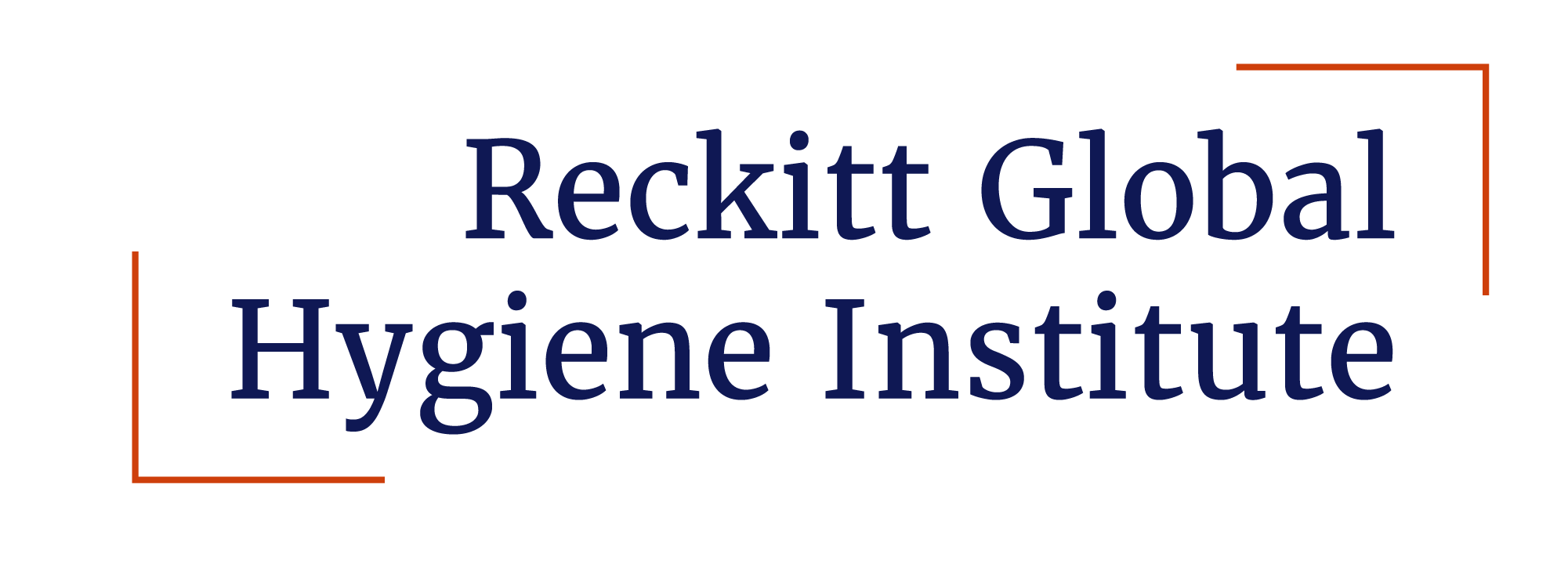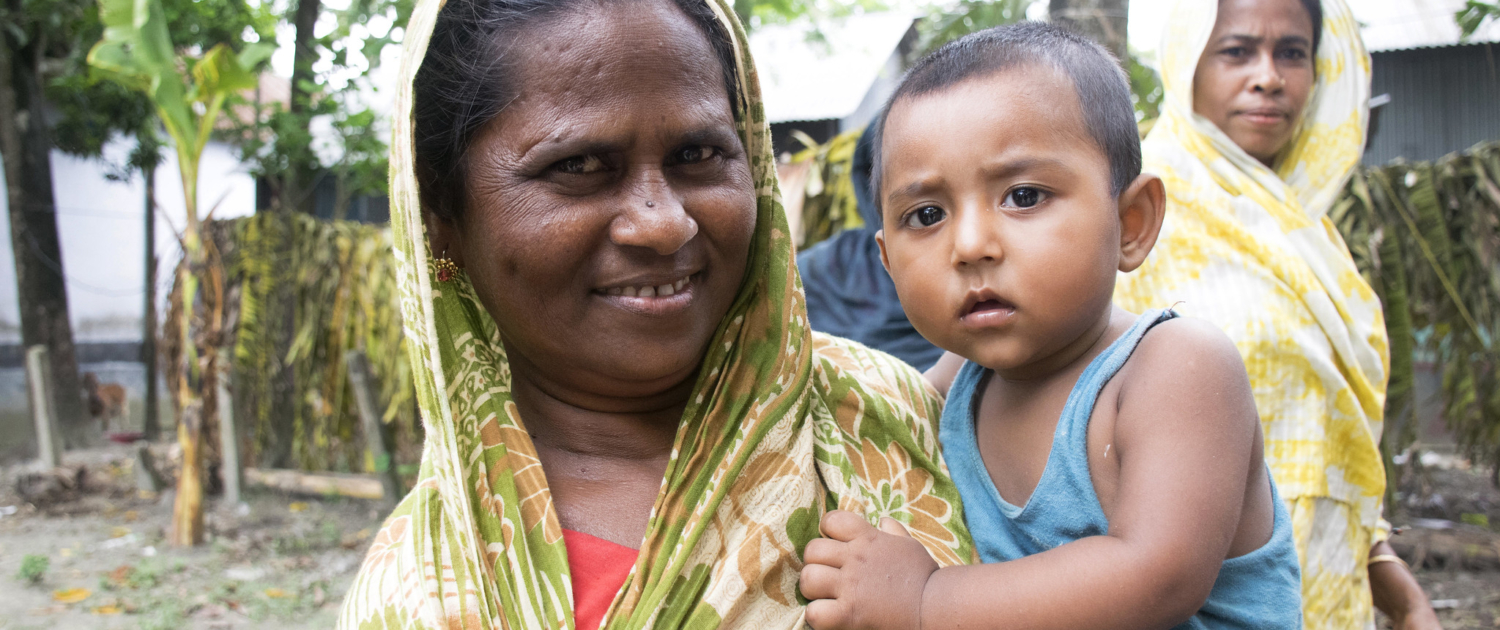Hygiene at the Heart of Health: Protecting Mothers and Newborns through Safe Complementary Feeding
7 April, 2025
World Health Day 2025 brings an urgent and hopeful message from the World Health Organization: “Healthy beginnings, hopeful futures.” This year’s theme highlights the importance of early-life interventions that shape lifelong health and well-being. One often overlooked but critical factor in this journey is food hygiene during the complementary feeding period.
Why This Period Is So Critical
The shift from exclusive breastfeeding to the introduction of family foods is a vulnerable time for infants. Their immune systems are still developing, and they’re newly exposed to environmental risks—especially through food. It’s also a transitional period for mothers. As they resume daily responsibilities after childbirth, they must now juggle food preparation and feeding routines—often without proper support or information.
Yet this is precisely when many children are exposed to harmful pathogens due to unsafe food practices. Contaminated complementary foods are a major cause of childhood diarrhoeal diseases, which remain a leading contributor to child undernutrition and mortality worldwide.
The health of the child is deeply intertwined with the mental health and emotional well-being of the mother. When children experience frequent bouts of diarrhoea, mothers face mounting stress, coping with sleepless nights, clinic visits, and the fear of long-term harm. This emotional burden can compromise maternal mental health, something we rarely talk about when discussing child nutrition.
Evidence from the Field
As part of my ongoing RGHI Fellowship project on child weaning practices and hygiene interventions among mothers to prevent foodborne diseases in Bangladesh, we found that over 47% of complementary food samples collected were contaminated with faecal bacteria. This alarming figure underscores the urgency of hygiene-focused interventions in low-resource environments, especially during the first 1,000 days of life, when nutrition and sanitation intersect so closely.
“Hygiene doesn’t merely support health—it is the foundation upon which nutrition can actually benefit the child. Without safe food handling practices, even the most nutritious diet can become a source of illness rather than nourishment,” I often explain to the mothers in our programme.
The good news is solutions are simple, scalable, and effective:
- Wash hands with soap before food preparation and feeding
- Use clean utensils and surfaces
- Store food safely and avoid long storage times
- Prevent cross-contamination between raw and cooked foods
These behaviours are often overlooked in favour of nutrition-only messaging—but without proper hygiene, even nutritious meals can make children sick.
Changing Lives One Family at a Time
While conducting hygiene demonstrations in the field, I met Rina, a mother living in a Dhaka informal settlement. Her 9-month-old son was constantly ill, suffering from diarrhoea almost every week. She was frustrated, sleep-deprived, and unsure how to help him. After attending a short session on handwashing and safe food storage, she began implementing the practices at home.
A year later, Rina visited icddr,b to express her deep gratitude for the improved health and well-being of both her son and herself.
“I didn’t know these small hygienic habits could make such a big difference,” she told me, relief evident in her voice. Her story is just one example of how empowering mothers with knowledge can lead to measurable health improvements—not just for children, but for entire families.
A Call to Action
To truly support mothers and protect infants during this critical transition period, we call on governments, NGOs, and community health programs to:
- Integrate hygiene education into maternal and child health services
- Fund local hygiene promotion campaigns alongside nutrition efforts
- Train community health workers to support behaviour change during the postnatal period
- Ensure access to clean water and sanitation, especially in urban slums and rural areas
The story of Rina and the many others like her reminds us that hygiene is more than cleanliness. It is a powerful tool of health equity, maternal empowerment, and community strength. When we invest in safe feeding practices, we give every child a healthier start and every mother a little more peace of mind.
References
- WHO. (2023). Guidelines on complementary feeding of infants and young children
- UNICEF. (2022). Preventing Childhood Diarrhea through WASH Interventions
- RGHI Research: Child Weaning Practices in Bangladesh
- Black RE et al. (2013). Maternal and child undernutrition and overweight in low-income and middle-income countries, The Lancet
- Barros AJ et al. (2010). Equity in maternal, newborn, and child health interventions in Countdown to 2015, The Lancet
Rehnuma Haque, MBBS, MPH, PhD, RGHI Fellow and Assistant Scientist at icddrb



 Parched soil by the White Nile by Arne Hoel/World Bank (CC BY-NC-ND 2.0 https://creativecommons.org/licenses/by-nc-nd/2.0/)
Parched soil by the White Nile by Arne Hoel/World Bank (CC BY-NC-ND 2.0 https://creativecommons.org/licenses/by-nc-nd/2.0/)